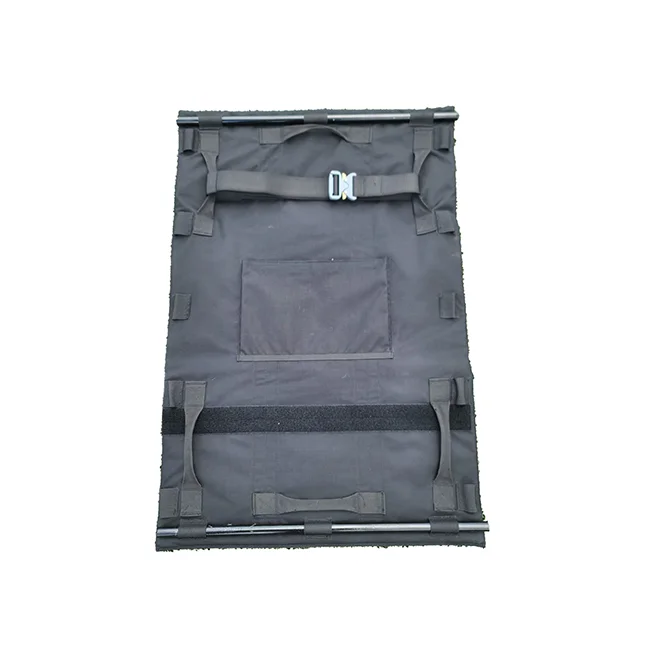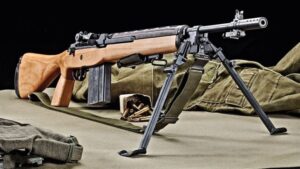Ballistic shields have proven to be highly effective in providing protection during high-risk tactical situations, whether in law enforcement, military operations, or security settings. These shields serve as essential defensive tools designed to safeguard individuals from incoming gunfire and other projectile threats. However, their effectiveness depends on various factors, including the material used, size, weight, and specific threat levels they are designed to counter.
Levels of Protection
Ballistic shields come in various protection levels, defined by standards set by agencies such as the National Institute of Justice (NIJ). These levels range from stopping small-caliber handgun rounds to higher-caliber rifle rounds. Here’s a general breakdown of these levels:
- Level IIIA: Provides protection against handgun rounds such as 9mm, .44 Magnum, and other pistol-caliber ammunition. It’s commonly used in police operations where the primary threats are handguns.
- Level III: Offers protection against high-velocity rifle rounds such as 7.62mm NATO FMJ (Full Metal Jacket). It’s more common in military and high-risk law enforcement operations.
- Level IV: Designed to stop armor-piercing rifle rounds, providing the highest level of ballistic protection. These shields are heavier and typically used in extreme combat situations.
Material Composition
Ballistic shields are made from advanced materials that provide a combination of strength and lightness. Common materials include:
- Kevlar: This synthetic fiber is lightweight, durable, and known for its bullet-resistant properties. It’s often layered within ballistic shields to absorb and disperse the force of impact from bullets.
- UHMWPE (Ultra-High Molecular Weight Polyethylene): Known for being lightweight and strong, UHMWPE is used in modern ballistic shields due to its impressive stopping power and durability.
- Ceramic: Though heavier than other materials, ceramic is used in some shields to provide enhanced protection against rifle rounds, particularly at Level IV.
The effectiveness of the shield depends on how well it can balance weight and protection. A lighter shield might be more maneuverable but offer lower levels of protection, while a heavier shield can stop more powerful rounds but may slow down movement.
Key Benefits of Ballistic Shields
Ballistic shields are invaluable for several reasons, enhancing the safety and effectiveness of tactical teams during dangerous operations. Below are the primary benefits:
1. Protection from Firearms
The most obvious advantage of ballistic shields is protection from bullets and shrapnel. In high-stakes scenarios, these shields provide a barrier that significantly reduces the risk of injury or death from gunfire. By absorbing and deflecting bullet impacts, they allow personnel to safely advance toward a threat or protect civilians.
2. Psychological Advantage
In addition to physical protection, the presence of a ballistic shield can serve as a psychological deterrent. Armed suspects may be less likely to fire when facing a well-armored shield team, reducing the risk of a firefight. The knowledge that they’re shielded also boosts the confidence of law enforcement or military personnel, allowing them to focus more on strategy and less on personal safety.
3. Enhanced Mobility and Coverage
Though shields add weight, they can be highly maneuverable with proper training. Most shields are designed to be carried with one arm, leaving the other free for additional tools or weaponry. The large surface area of shields offers extensive body coverage, protecting vital areas such as the torso, head, and limbs, depending on the shield’s size.
4. Versatile Application
Ballistic shields are not limited to stopping bullets; they can also deflect debris, glass shards, and even close-combat attacks. This versatility makes them effective in crowd control, riot situations, or during raids where suspects may use objects as weapons.
Drawbacks and Limitations
While ballistic shields provide critical advantages, they also come with certain limitations that can affect their overall effectiveness in some scenarios.
1. Weight and Mobility
The heavier the shield, the more protection it offers—but it can also be cumbersome. Heavier shields can tire users quickly and reduce their speed during operations, especially over long distances or prolonged engagements. The weight distribution can also affect the balance, making it harder to navigate tight spaces or perform complex maneuvers.
2. Limited Coverage
Although shields offer substantial protection, they do not cover every angle. Shields are generally held in front of the user, leaving the sides and back vulnerable unless paired with full-body armor. In active shooter or close-quarters situations, attackers can exploit these blind spots if the shield bearer is not adequately supported by teammates.
3. Cost
Ballistic shields, particularly those rated for high-caliber rounds, can be expensive. Agencies and military units must weigh the cost of equipping their personnel with high-quality shields versus other protective gear. In some cases, the budget constraints might result in fewer shields being purchased, potentially limiting their availability during missions.
Practical Scenarios of Ballistic Shield Use
Ballistic shields have proven effective in a wide range of real-world applications:
- Law Enforcement: During SWAT operations, ballistic shields are commonly used to protect officers as they move through dangerous areas, breach doors, or evacuate civilians. Shields provide a mobile form of cover in close-quarters combat.
- Military Combat: In military operations, shields help soldiers protect themselves during urban warfare or when engaging enemies in confined spaces, such as buildings or alleys.
- Active Shooter Situations: When responding to active shooters, law enforcement personnel often rely on ballistic shields to shield themselves while advancing toward the threat. The shield’s ability to stop rounds allows officers to safely approach and neutralize the suspect.
Future of Ballistic Shields
As technology advances, the future of ballistic shields is likely to focus on making them lighter, stronger, and more versatile. Innovations in material science, such as the development of advanced composites and nanotechnology, are already paving the way for more effective shields that can provide superior protection without sacrificing mobility. Other potential improvements include:
- Integrated Electronics: Future shields may incorporate cameras, lights, or communication devices, enabling shield bearers to maintain situational awareness while keeping their hands free for other tasks.
- Modularity: Shields may be designed to offer detachable or modular features, allowing them to be customized depending on the mission, whether that’s high-threat tactical operations or crowd control.
Ballistic shields are highly effective tools that enhance protection for law enforcement, military personnel, and security teams during high-risk scenarios. While they come with some limitations in terms of weight and coverage, their ability to stop bullets and provide a psychological advantage makes them indispensable in many operations. As materials and technologies continue to evolve, the future of ballistic shields will likely see even greater improvements in both protection and usability, ensuring their continued relevance in tactical applications.
Ballistic shields are a critical tool in protecting law enforcement and military personnel in high-risk situations, and Jersey Tactical Corp. offers top-of-the-line options. For example, the JTC Patrol4Life Shield is a compact, lightweight shield designed for mobility in tactical scenarios, providing superior protection against handguns and small arms fire.
These shields are designed for maximum protection, made from premium materials to ensure resilience in the field. Investing in high-quality ballistic protection like those from Jersey Tactical is crucial for enhancing safety and operational efficiency. Check out their full range of ballistic shields to find the perfect fit for your tactical needs.
The post How effective are ballistic shields? appeared first on Jersey Tactical Corp.


